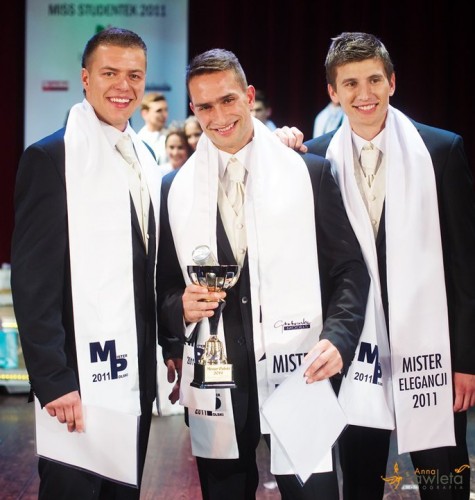Sew La Ti Embroidery [Search results for Travel]
Nightmare for air passengers begins as hundreds of flights are cancelled and volcanic ash threatens half-term getaway

Near East: Turkish villager issued permit to display Graeco-Roman artefacts in her garden

Travel: Replica of prehistoric Chauvet cave opens

The Bulldogs (based on an underground comic-book)

India: Buddhist sites in Thotlakonda and Bavikonda cry out for attention

Travel: Key Artifacts from ISIS-endangered Palmyra, Syria on view at the Freer and Sackler Galleries

Hotel of new type in Amsterdam
Travel: Archaeologist calls for first underwater museum in Egypt

Michael Sheen :"Rachel McAdams's "Fantastic Actress"

Royal Couple Set to Visit California from July 8 to July 10

Design yacht
The Prince and the President: William greets Obama and Michelle at the Palace as tanned Kate takes to Royal duties like a natural

Krystian Kurowski won Mister Polski 2011 on May 22nd

Beautiful babes in arms: Nicole Kidman and Keith Urban carry their pair of gorgeous girls as they jet out of LAX

Southern Europe: Contested 'Dorias' stele sold by Christies
Travel: Orpheus Mosaic on display at the Istanbul Archaeology Museum

SpaceShipTwo For the Space Travels
Iceland's Grimsvotn Volcano Erupting




